


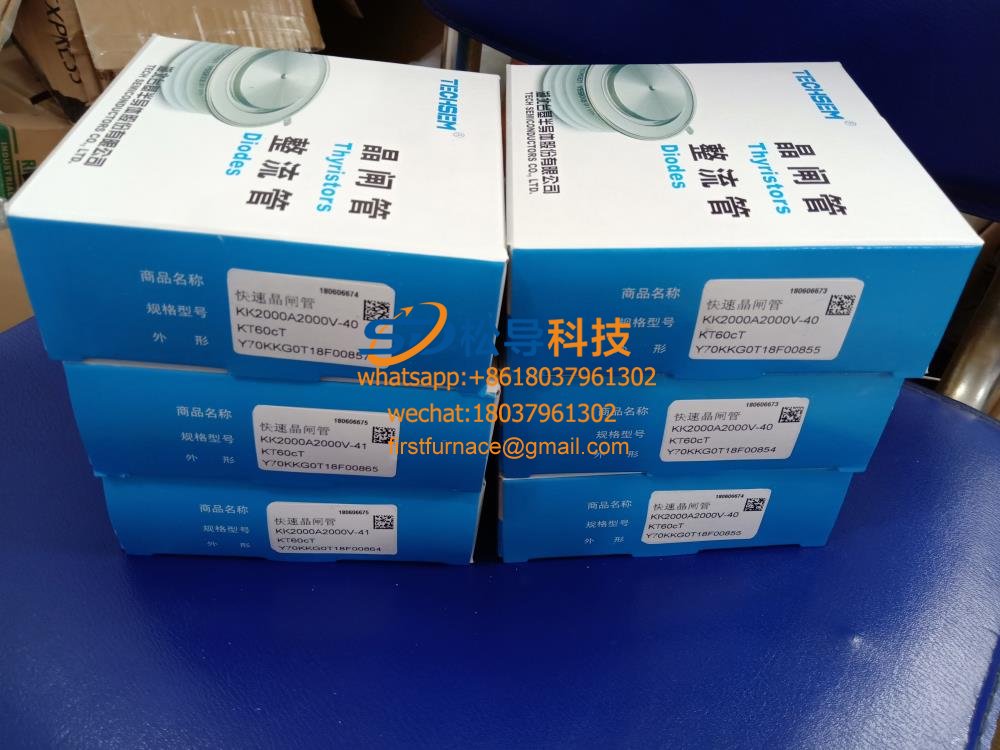 Techsem thyristor KK2000A2000V,intermediate frequency furnace
Techsem thyristor KK2000A2000V,intermediate frequency furnace KK2500A2500V used for 3T induction melting furnace
KK2500A2500V used for 3T induction melting furnace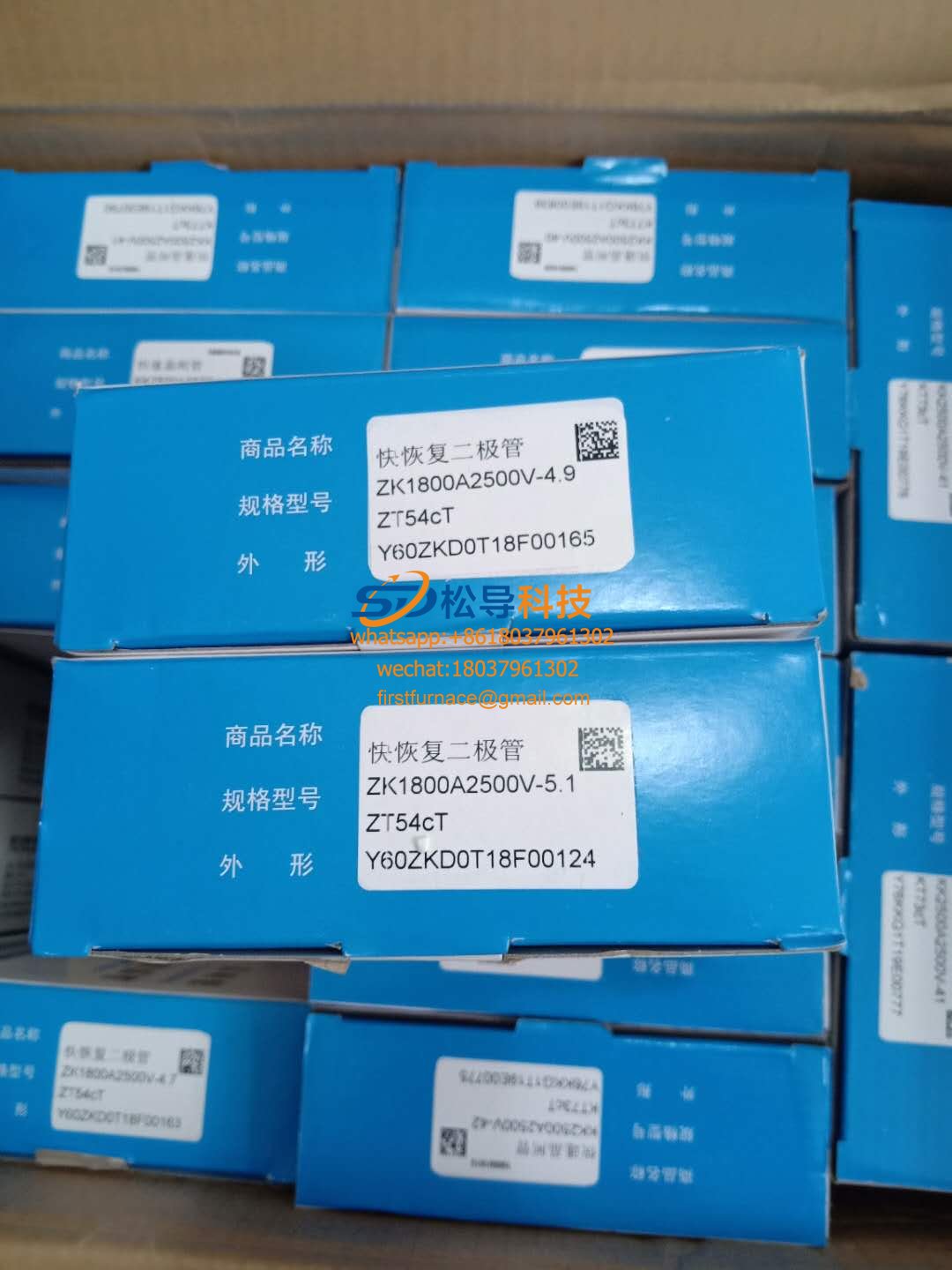 ZK1800A2500V diode for 3T induction melting furnace
ZK1800A2500V diode for 3T induction melting furnace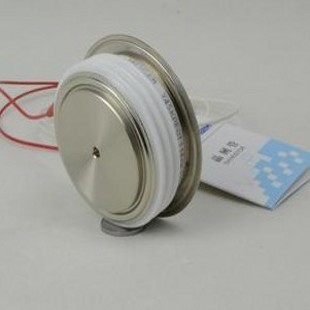 kk500A1600V thyristor for induction furnace
kk500A1600V thyristor for induction furnace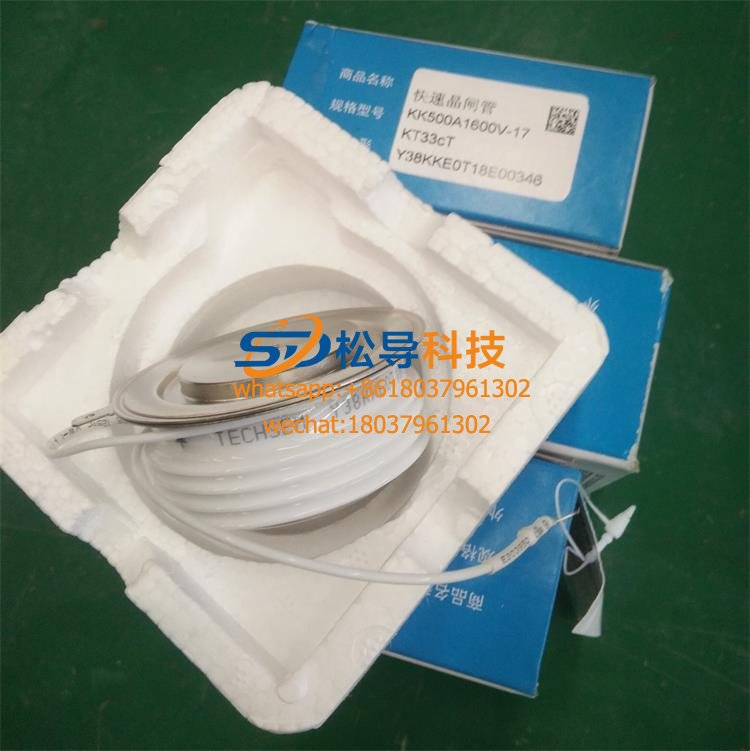 KP500A1600V Rectified thyristor
KP500A1600V Rectified thyristor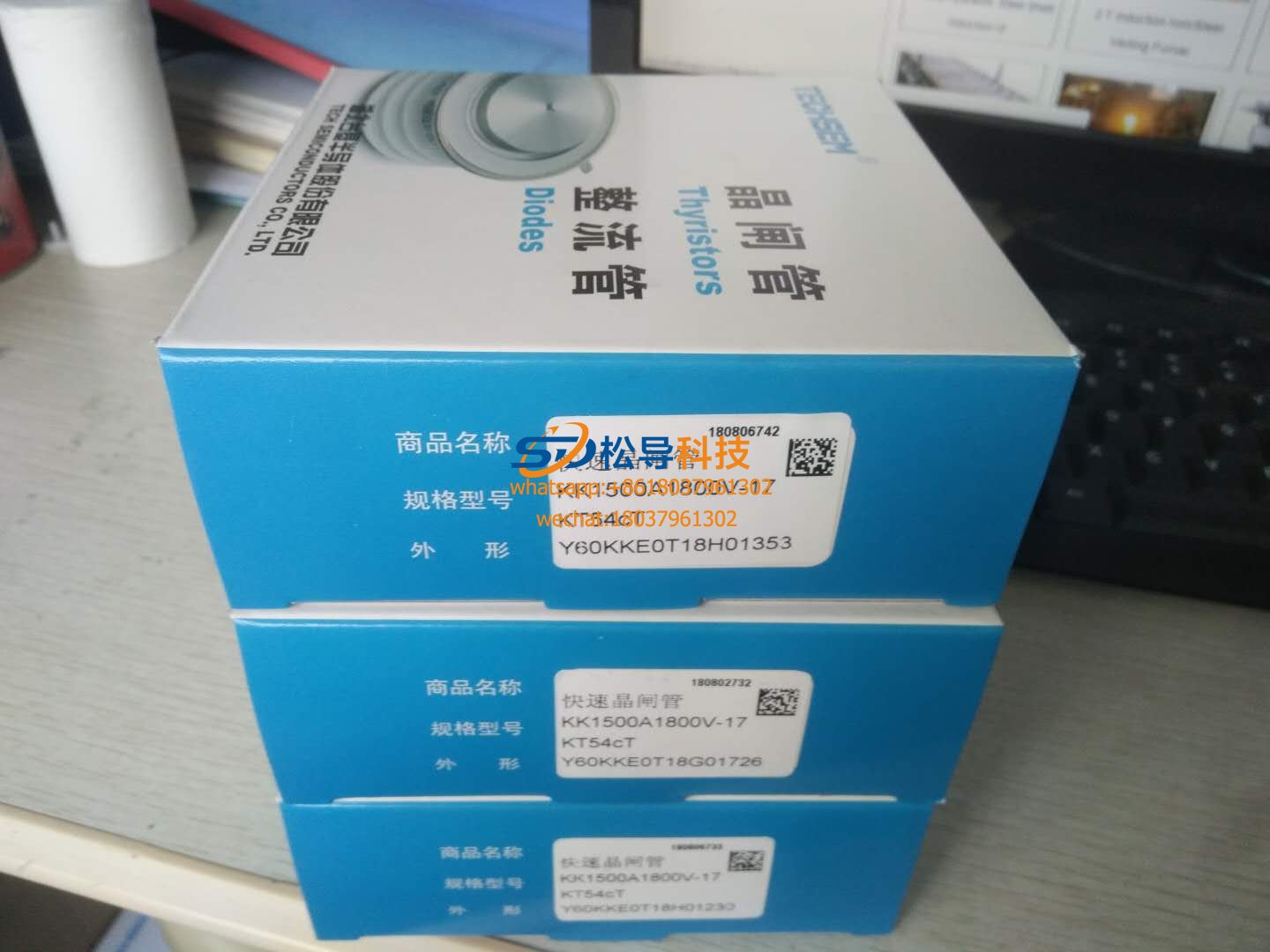 KK1500A1800V Inverter thyristor for induction furnace
KK1500A1800V Inverter thyristor for induction furnace KK1000A1800V Techsem thyristor for induction furnace
KK1000A1800V Techsem thyristor for induction furnaceKK1000A1800V Techsem thyristor price:260RMB
Silicon Controlled Rectifier (SCR) is a high-power electrical component, also known as thyristor. It has the advantages of small size, high efficiency and long life. In the automatic control system, it can be used as a high-power drive device to control high-power devices with low-power controls. It has been widely used in AC and DC motor speed control systems, power adjustment systems and servo systems.

The thyristor is divided into a unidirectional thyristor and a two-way thyristor. The two-way thyristor is also called triac, or TRIAC for short. The triac is structurally equivalent to two unidirectional thyristor reverse connections, and the thyristor has a dual-conducting function. Its on-off state is determined by the gate G. Adding a positive pulse (or a negative pulse) to the gate G allows it to be turned forward (or reverse). The advantage of this device is that the control circuit is simple and has no reverse voltage problem, so it is especially suitable for AC non-contact switch.
Everyone uses a unidirectional thyristor, which is commonly referred to as a common thyristor. It consists of four layers of semiconductor material with three PN junctions and three external electrodes: the first layer of P-type semiconductor is called anode A. The electrode extracted by the third layer of the P-type semiconductor is called the gate electrode G, and the electrode of the fourth layer of the N-type semiconductor is called the cathode K. As can be seen from the circuit symbol of the thyristor [Fig. 2(b)], it is a unidirectional conductive device like the diode. The key is to add a control electrode G, which makes it have completely different operating characteristics from the diode. .
P1N1P2N2 four-layer three-terminal device based on silicon single crystal, started in 1957, because its characteristics are similar to vacuum thyristors, so it is known internationally as silicon thyristor, referred to as thyristor T, and because of thyristor Initially in terms of static rectification, it is also known as a silicon controlled rectifier component, referred to as a thyristor SCR.
In terms of performance, thyristor not only has unidirectional conductivity, but also has more controllability than silicon rectifying components (commonly known as "dead silicon"). It has only two states: on and off.
The thyristor can control high-power electromechanical devices with milliampere current. If this power is exceeded, the component current loss is significantly increased due to the component switching loss, and the nominal current should be degraded.
The advantages of thyristor are many, for example: controlling high power with low power, power amplification is up to several hundred thousand times; the reaction is extremely fast, turning on and off in microseconds; no contact operation, no spark, no noise; High efficiency, low cost, etc.
The weakness of thyristor: static and dynamic overload capability is poor; it is easily interfered and misdirected.
Structure of thyristor element
Regardless of the shape of the thyristors, their dies are four-layer P1N1P2N2 structures consisting of P-type silicon and N-type silicon. see picture 1. It has three PN junctions (J1, J2, J3), which draws anode A from the P1 layer of the J1 structure, a cathode K from the N2 layer, and a gate G from the P2 layer, so it is a four-layer three-terminal semiconductor device. .
Schematic diagram and symbol diagram of thyristor structure
SCR working principle
The thyristor is a P1N1P2N2 four-layer three-terminal structural component with three PN junctions. When analyzing the principle, it can be considered as consisting of a PNP tube and an NPN tube. The equivalent diagram is shown in the right figure. Two-way thyristor: A triac is a silicon controlled rectifier device, also known as a triac. The device can realize the non-contact control of the alternating current in the circuit, control the large current with a small current, and has the advantages of no spark, fast action, long life, high reliability, and simplified circuit structure. From the outside, the two-way thyristor is similar to a common thyristor, and has three electrodes. However, except that one of the electrodes G is still called the control electrode, the other two electrodes are usually no longer called the anode and the cathode, but are collectively referred to as the main electrodes T1 and T2. Its symbol is also different from ordinary thyristor, which is formed by reversing two thyristors together.
"At the touch of a hair." However, if the anode or the control electrode is applied with a reverse voltage, the thyristor cannot be turned on. The role of the gate is to turn the thyristor on by applying a positive trigger pulse, but it does not turn it off. Then, what method can be used to turn off the turned-on thyristor? Turning off the turned-on thyristor can turn off the anode power supply or make the anode current less than the minimum value of maintaining conduction (called holding current). If an alternating voltage or a pulsating DC voltage is applied between the thyristor anode and the cathode, the thyristor will turn itself off when the voltage crosses zero.
PREV:No More Articles.
Copyright© 2007-2013 NO.6 Electric Mall All Rights Reserved
